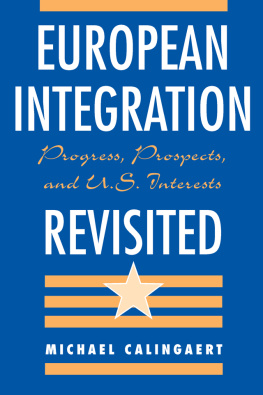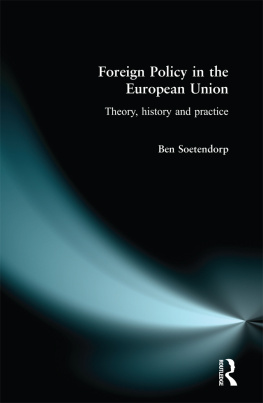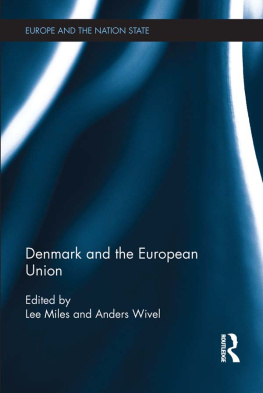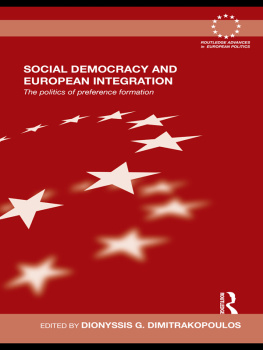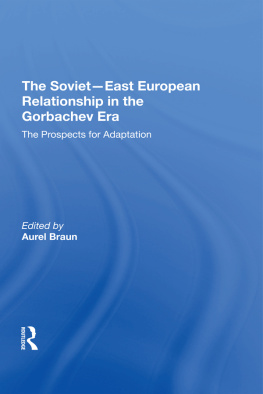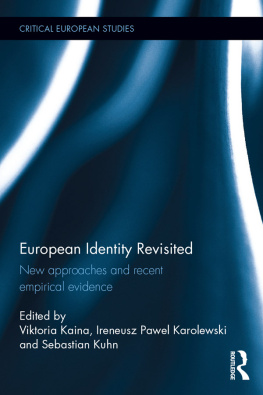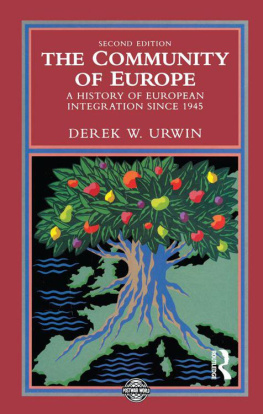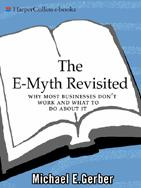First published 1996 by Westview Press
Published 2018 by Routledge
711 Third Avenue, New York, NY 10017, USA
2 Park Square, Milton Park, Abingdon, Oxon OX14 4RN
Routledge is an imprint of the Taylor & Francis Group, an informa business
Copyright 1996 Taylor & Francis
All rights reserved. No part of this book may be reprinted or reproduced or utilised in any form or by any electronic, mechanical, or other means, now known or hereafter invented, including photocopying and recording, or in any information storage or retrieval system, without permission in writing from the publishers.
Notice:
Product or corporate names may be trademarks or registered trademarks, and are used only for identification and explanation without intent to infringe.
A CIP catalog record for this book is available from the Library of Congress.
ISBN 13:978-0-8133-2954-3 (pbk)
ISBN 13:978-0-8133-2953-6 (hbk)
This book was written at the request and on behalf of the National Planning Association's Global Economic Council (GEC), which deemed it relevant at the midpoint of the 1990s, a decade of radical change and underlying uncertainty, to assess the progress and implications of European integration. The timing is particularly appropriate as the European Union (EU) has entered into a public debate over what has been accomplished and what directions it should take in the futurea debate that will set the stage for the negotiations at the Intergovernmental Conference, beginning in 1996, where the fifteen EU member states will consider possible changes to the structure and operation of the Union. The GEC, whose members are senior business, labor, agricultural, and academic leaders, believes this study will contribute to an understanding not only of recent and prospective developments in Europe but also of their implications for US interests.
The focus of this book is European integration: the successes and failures of efforts in what is now the EU to achieve greater economic and political integration; the prospects for the future; and the implications of present and prospective developments for the United States.
"Integration" is, of course, subject to many different definitions, interpretations, and theories. I have used integration in the general sense of referring to actions, policies, programs, and other activities that the EU member states undertake in a common manner rather than individually. In other words, integration is the process whereby the EU member states operate on a collective, rather than an individual, basiseither as the result of intergovernmental agreement or submission to supranational authority, decision making, or influence exercised by or through the EU institutions.
An enormous amount of published material is now available on developments in the EU, unlike the situation when I wrote my earlier book.aspects of the EU's activities and the US-EU relationship; and my own perceptions and opinions, drawn from my observations and experiences during the past six years in Brussels as well as in various circumstances, professional and personal, over much of my adult life.
I should note that I chose not to carry out a detailed survey of the views and experiences of the private sector on the single market program and other aspects of economic integration. To have done so would have extended the research and writing time considerably, rendering it impossible to complete the book at an appropriate time for taking stock of the process of European integration and compounding the problem of keeping up with a moving target. Accordingly, I have used a more selective sampling of the private sector and anecdotal evidence.
A final word. While other books cover specific topics or aspects of European integration in great depth, I have sought to provide an overview, focusing on what I consider to be the most important recent developments and areas of prospective change in integration. For that reason, I have dealt with agriculture in somewhat cursory fashion. Along with the elimination of member states customs duties, the Common Agricultural Policy (CAP) was the base on which European economic integration was built, and it remains an important element of EU economic policy. In addition, the CAP constitutes a central feature of the critically important Franco-German relationship, and agriculture has consistently been a major source of conflict between the United States and the EU. However, agriculture has not been a component of the overall post-1985 integration effort, and no significant developments regarding integration in the agricultural sector have taken place during the 1990s (CAP reform being a separate issue). In any event, European agricultural policy and the US-EU battles over agriculture merit a book in itself, and that I will leave to others.
I have excluded consumer policy as being not directly germaine to integration as well as the EU's research and development programs because they affect the integration process only marginally. I have mentioned regional policy only as an instrument, albeit an important one, for facilitating integration rather than as an element in the integration process. And I have described only in passing the so-called third pillar issuescooperation among member states on judicial matters and internal affairs. Although this area of activity may develop into a significant component of European integration, it is at the initial stage and, in any case, conceptually and organizationally separable from the other issues treated in this book.
For these and any other lacunae, I apologize.
Finally, a word about nomenclature. Although, as explained in the "Introduction," the European Community continues to exist as a component of the European Union, it has become commonplace since the Treaty on European Union (the "Maastricht Treaty") came into effect in 1993 to replace all references to the EC with EU. In accordance with that practice, I have used, albeit reluctantly, EU except when referring to events that clearly and exclusively predated the treaty.
Michael Calingaert
Notes
For an examination, with extensive references, of the development of integration theory as it relates to the EU, see James A. Caporaso and John T. S. Keeler, "The European Union and Regional Integration Theory," in Carolyn Rhodes and Sonia Mazey, eds., The State of the European Union, Vol. 3 (Boulder: Lynne Rienner Publishers/Longman, 1993).
Michael Calingaert, The 1992 Challenge from Europe: Development of the European Community's Internal Market (Washington: National Planning Association, 1988).


